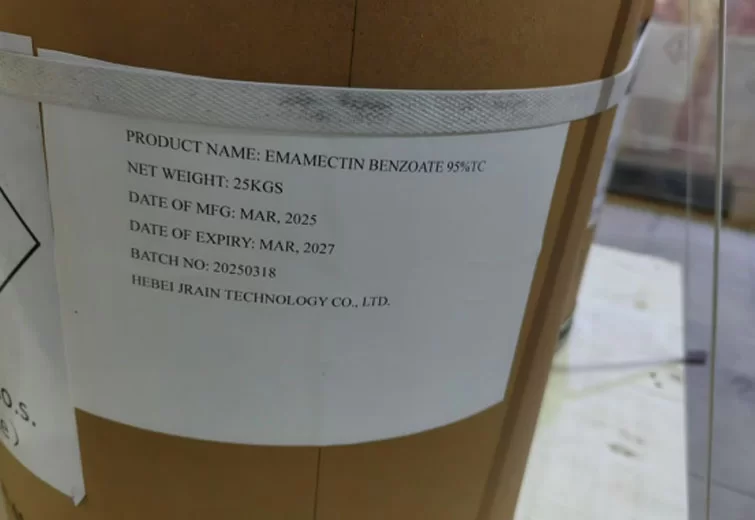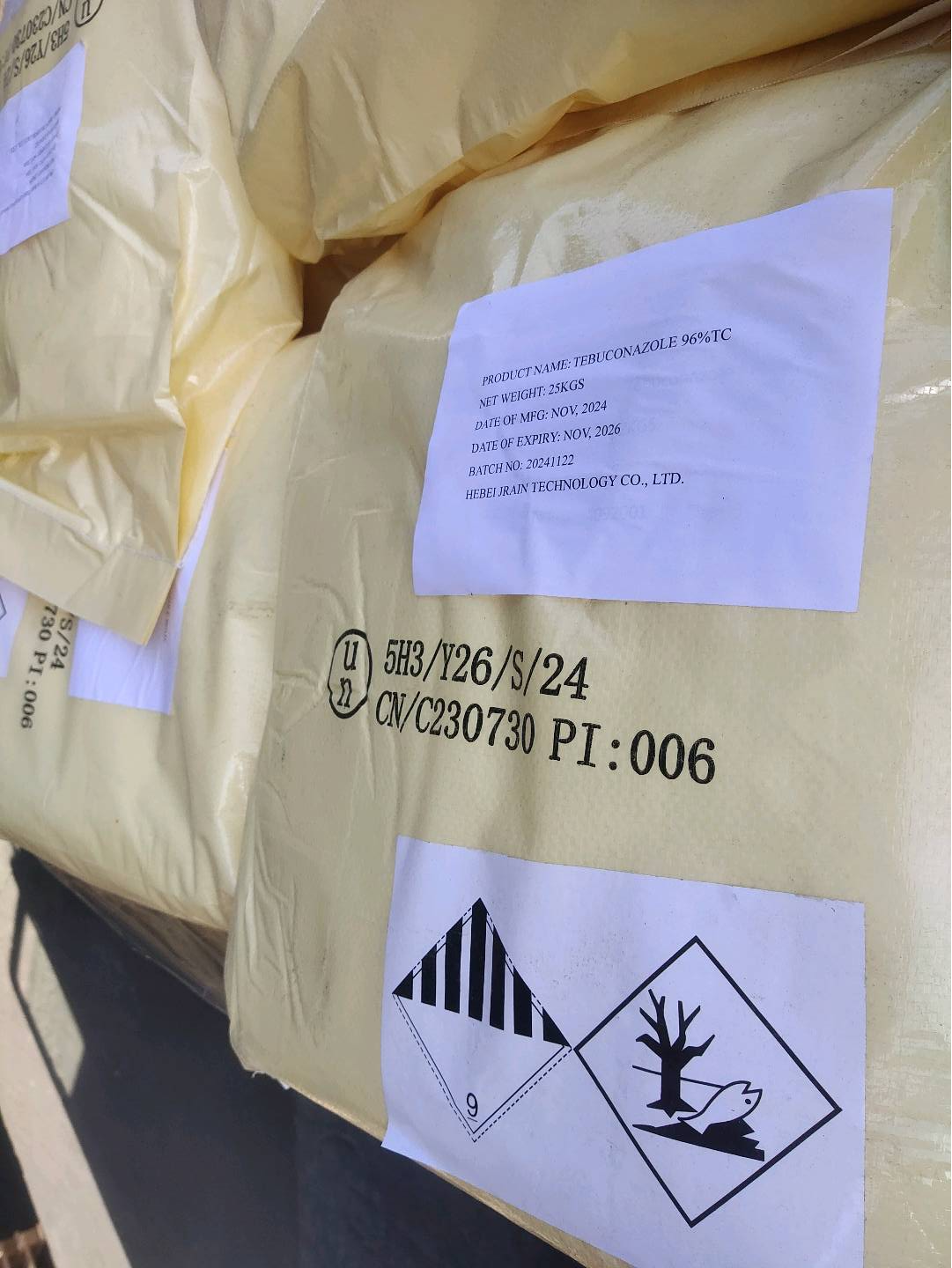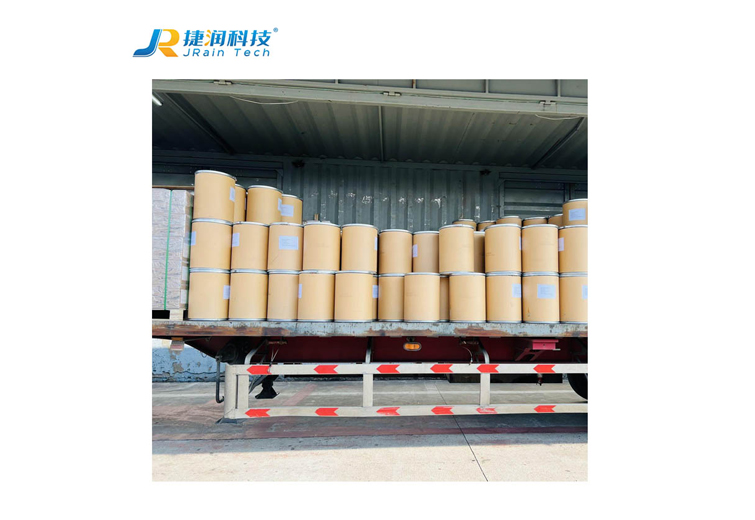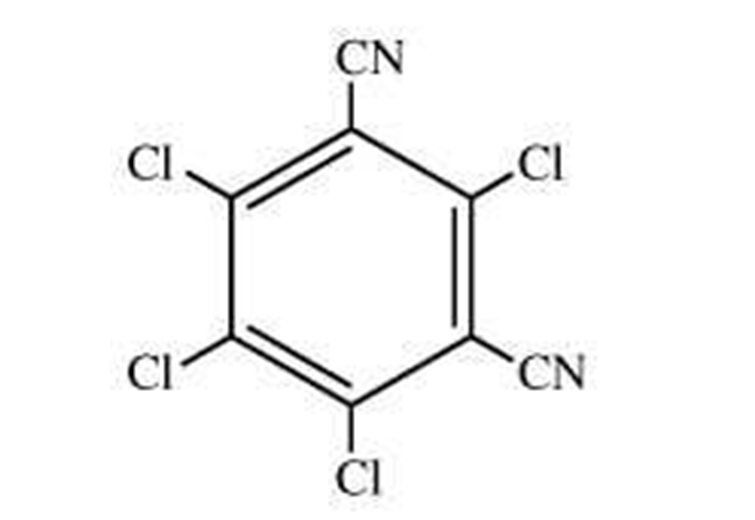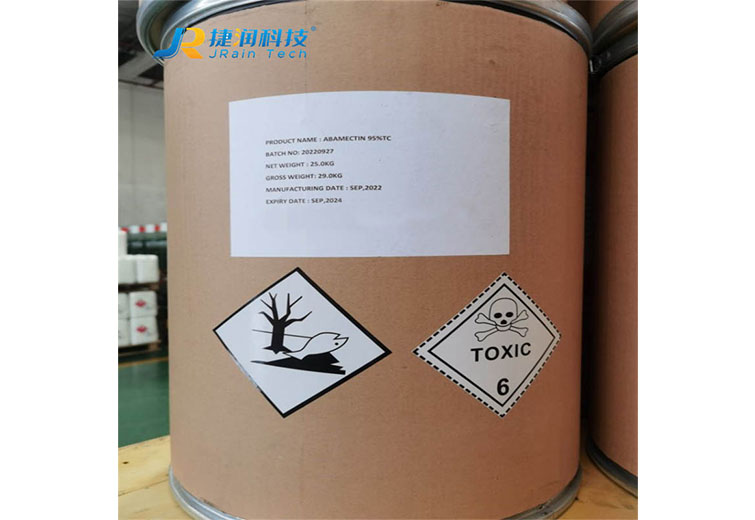
1.Applicable crops: Citrus, vegetables, cotton, apples, tobacco, soybeans, tea and other crops
2.Control objects: Nematodes, insects and mites are used to treat nematodes, mites and parasitic insect diseases in livestock and poultry
3.Method of application: EC liquid spray
4.Precautions:
[1] it is highly toxic to fish and should avoid polluting water sources and ponds.
[2] high toxicity to silkworm, mulberry leaves after 40 days of spraying still poison silkworm.
[3] toxic to bees. Do not apply during flowering.
5. Customerized packing label
6. FAO standard
7. Professional registration GLP,ICAMA,LOA etc.
Abamectin Customer Reviews
Abamectin FAQs
-
80%High PurityEnsure the reliability of each product.
-
58%Fast-Acting FormulaQuickly provide visible effects
-
What is Abamectin, and how does it work?
What is Abamectin, and how does it work?
Abamectin is a natural fermentation product derived from Streptomyces avermitilis, acting as a potent insecticide and acaricide. It disrupts nerve impulses in pests by binding to glutamate-gated chloride channels, leading to paralysis and death. Highly effective against mites, leafminers, and nematodes, it is widely used in fruits, vegetables, and ornamental crops. Its translaminar movement ensures deep penetration into plant tissues, providing long-lasting protection.
-
What pests does Abamectin control?
What pests does Abamectin control?
Abamectin is highly effective against spider mites, leafminers, thrips, and certain nematodes in crops like citrus, apples, and vegetables. It also controls pests resistant to synthetic pyrethroids and organophosphates. The insecticide works on contact and through ingestion, making it versatile for foliar and soil applications. Its rapid knockdown effect reduces crop damage quickly, while its residual activity prevents reinfestation.
-
Is Abamectin safe for beneficial insects?
Is Abamectin safe for beneficial insects?
Abamectin is highly toxic to predatory mites and some parasitoids, so it should be used selectively in IPM programs. However, it has minimal impact on bees when applied correctly. Avoid spraying during flowering or when pollinators are active. Integrating Abamectin with biological controls requires careful timing to preserve beneficial insect populations.
-
What is the residual effect of Abamectin?
What is the residual effect of Abamectin?
Abamectin provides 7-10 days of residual control under normal conditions. Its translaminar activity ensures protection even as new growth emerges. Rainfastness is moderate, so reapplication may be needed after heavy rain. The long-term suppression of pest populations makes it a valuable tool in resistance management strategies.
-
Can Abamectin be mixed with other pesticides?
Can Abamectin be mixed with other pesticides?
Yes, Abamectin can be combined with compatible insecticides, miticides, and fungicides to enhance pest control. However, avoid alkaline or copper-based mixtures, which may reduce efficacy. Always perform a jar test before large-scale mixing. Adding adjuvants can improve adhesion and penetration, especially in waxy or hairy leaves.






